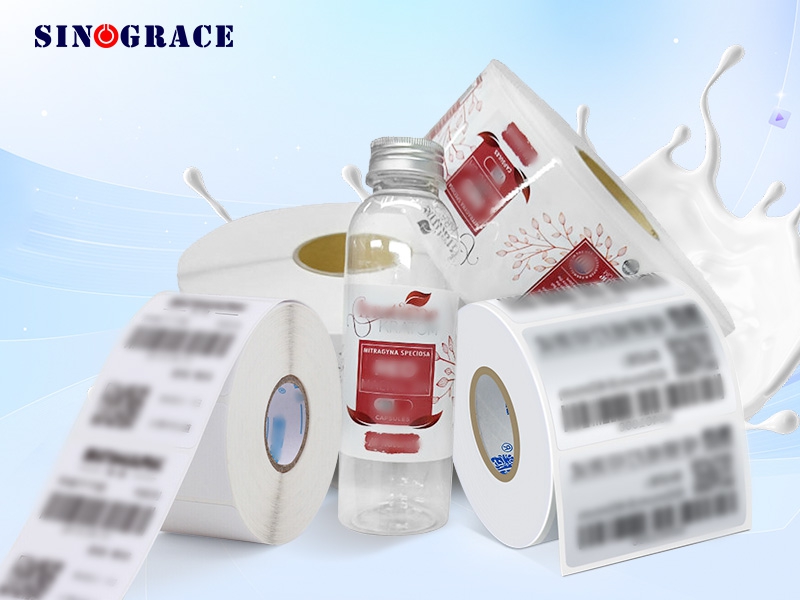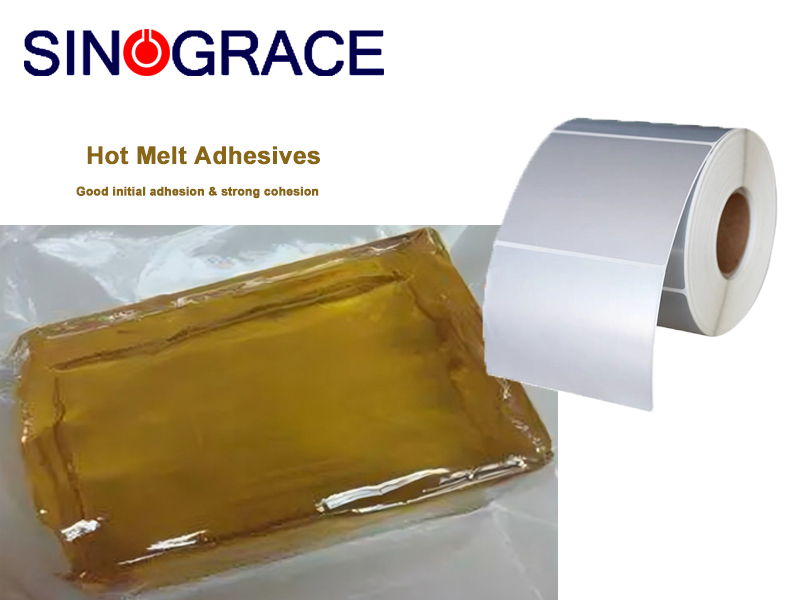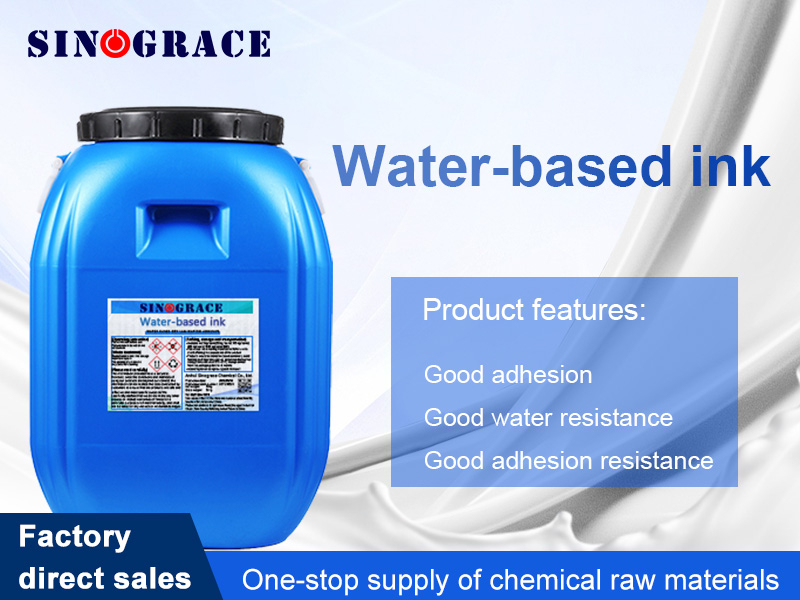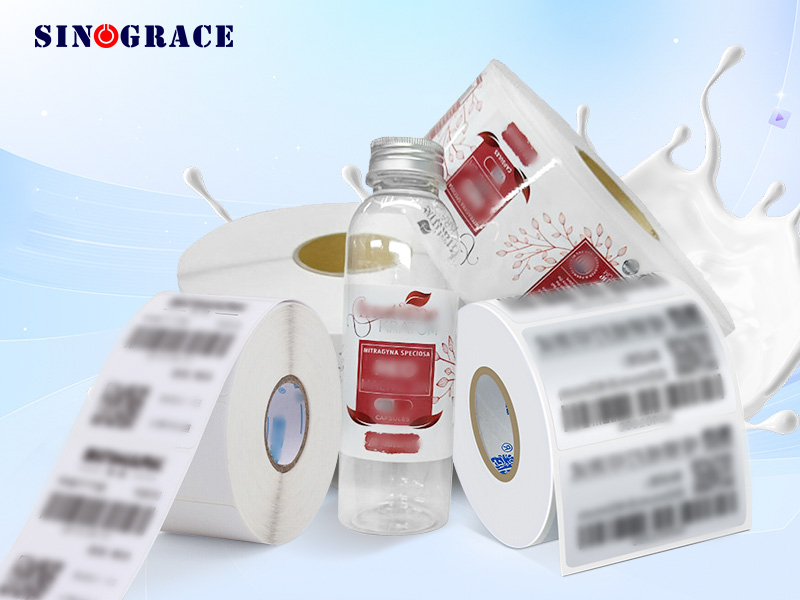Characteristics of Three Common Resins in Water-Based Ink Formulations
Water-based inks are primarily composed of a uniform slurry of binders, pigments, and additives. The binder is a core component of water-based inks. It not only disperses the pigment but also plays a key role in influencing ink performance, determining adhesion, water and scrub resistance, and solvent resistance. Three common types of binders for water-based inks exist: water-soluble resins, hydrosol resins, and water-dispersible resins. These resins differ in their properties and are often combined in ink formulation. While water-soluble resins dissolve in water, they have poor water resistance. Water-based inks prepared with these resins cannot be used in environments where they come into direct contact with water, limiting their use. Therefore, water-soluble resins cannot be used as the primary binder for water-based inks. Due to their low molecular weight, small particle size, and excellent uniformity, they are primarily used to adjust the viscosity and flowability of water-based inks and to disperse pigments. Hydrosol resins are prepared by neutralizing an acidic resin with a low-molecular-weight amine to form a salt, generating hydrophilic groups. These resins, also known as alkali-soluble resins, offer rapid drying and film-forming properties. Resins in this category include shellac, urethane resins, water-based amino resins, and water-soluble acrylic resins. Water-dispersible resins, also known as emulsion resins, are water-based binders that provide good dilution, fast drying, and excellent water resistance. The low viscosity and high solids content of the emulsions allow for the formation of high-performance coatings. However, water-based inks formulated with emulsion resins suffer from poor resolubility and difficulty in cleaning. Water-based printing ink formulations typically consist of an acrylate copolymer emulsion, a solid acrylic resin, a pigment, a wetting agent, and a defoaming agent. The acrylate copolymer emulsion serves as the primary binder, while the solid acrylic resin serves as the pigment dispersant, also known as a dispersing resin. The solid acrylic resins used are mostly alkali-soluble, containing approximately 30% acrylic acid or methacrylic acid. When exposed to alkali, they dissolve and immediately convert into macromolecular surfactants with emulsifying, wetting, and dispersing properties. They exhibit excellent adhesion to a variety of low-polarity substrates, such as PE film, PP film, and aluminum-coated films. Therefore, solid acrylic resin is an important functional additive in the entire water-based ink preparation process. It is not only used in large quantities in the preparation of emulsion binders, but also in considerable amounts in the ink formulation process. Another major function of water-based solid acrylic resin is to provide dispersibility for a variety of difficult-to-disperse pigments, improving color development and film-forming properties. Therefore, in the field of water-based brush ink...
read more

 English
English français
français русский
русский español
español العربية
العربية








